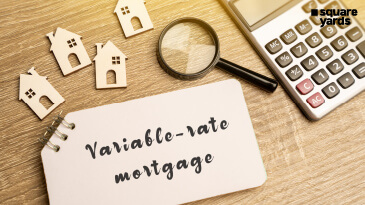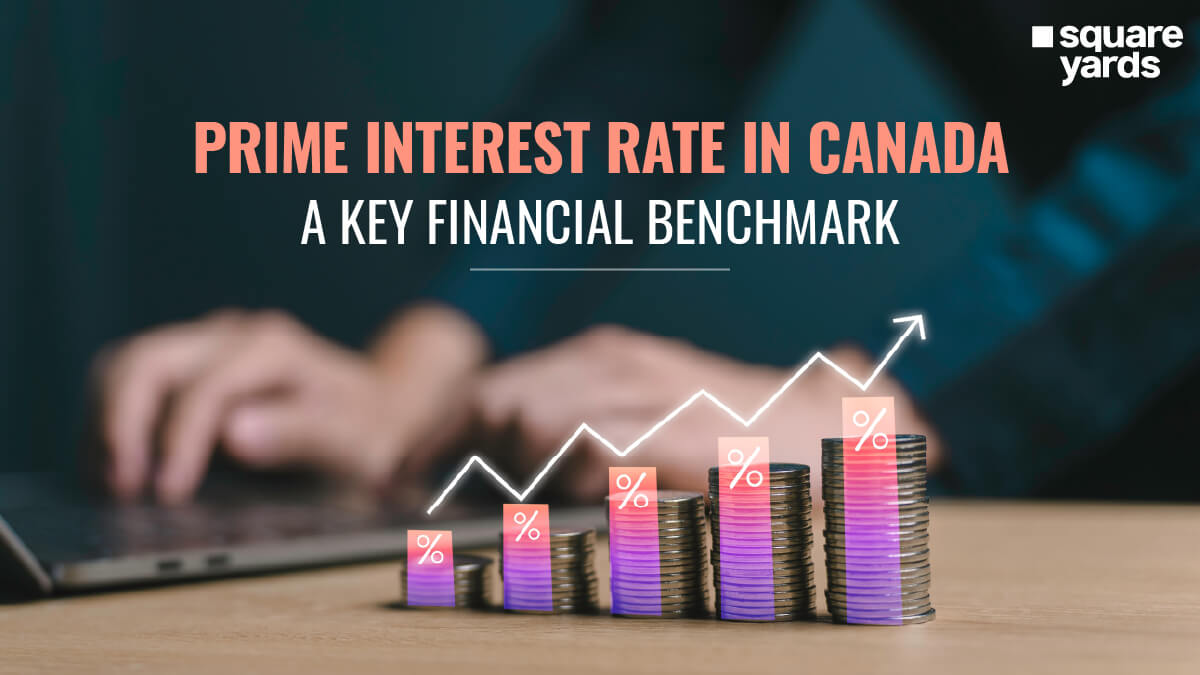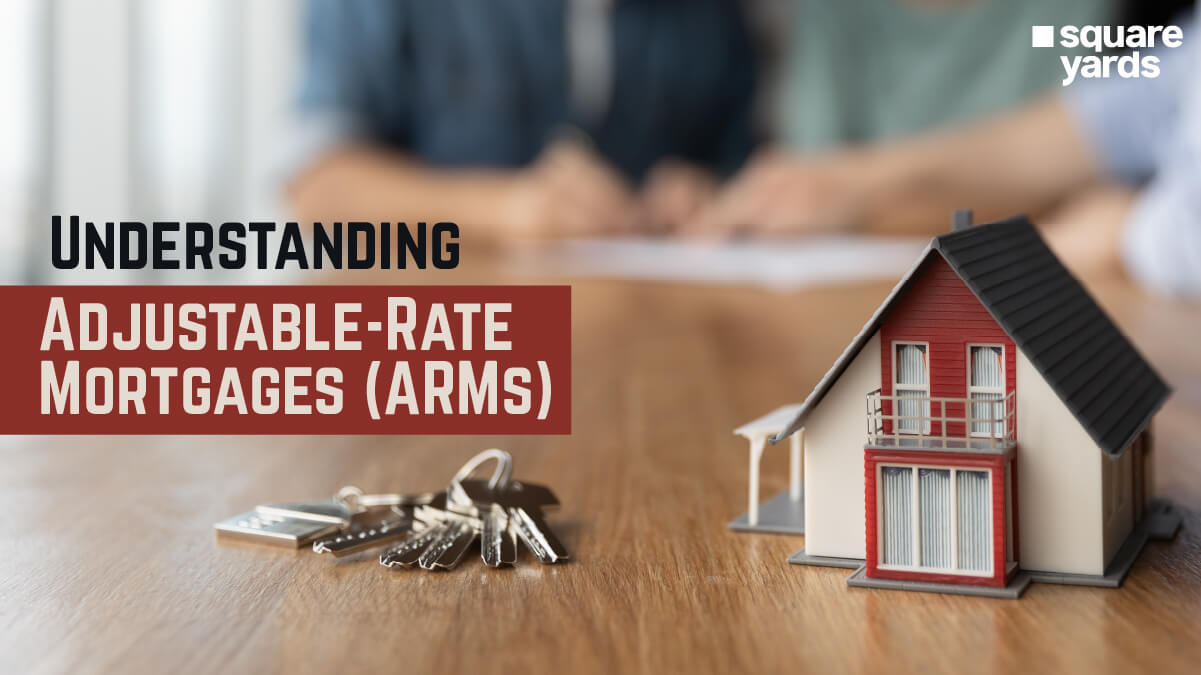Do you need clarification about how a variable rate mortgage works and whether it’s the right choice for your home loan? You’re not alone. Many homeowners need clarification on a mortgage rate that changes over time. Imagine you’ve secured a home loan and are comfortably making your monthly payments, but then you hear that interest rates are going up or down. What does this mean for you and your mortgage?
This blog explains the variable rate mortgage (VRM) in the simplest terms. Here, read about how it works, how changes in interest rates can impact your payments, and whether a VRM might be a good fit for your financial situation. By the end, you’ll clearly understand the pros and cons, helping you make an informed decision about your mortgage.
Defining Variable Rate Mortgage
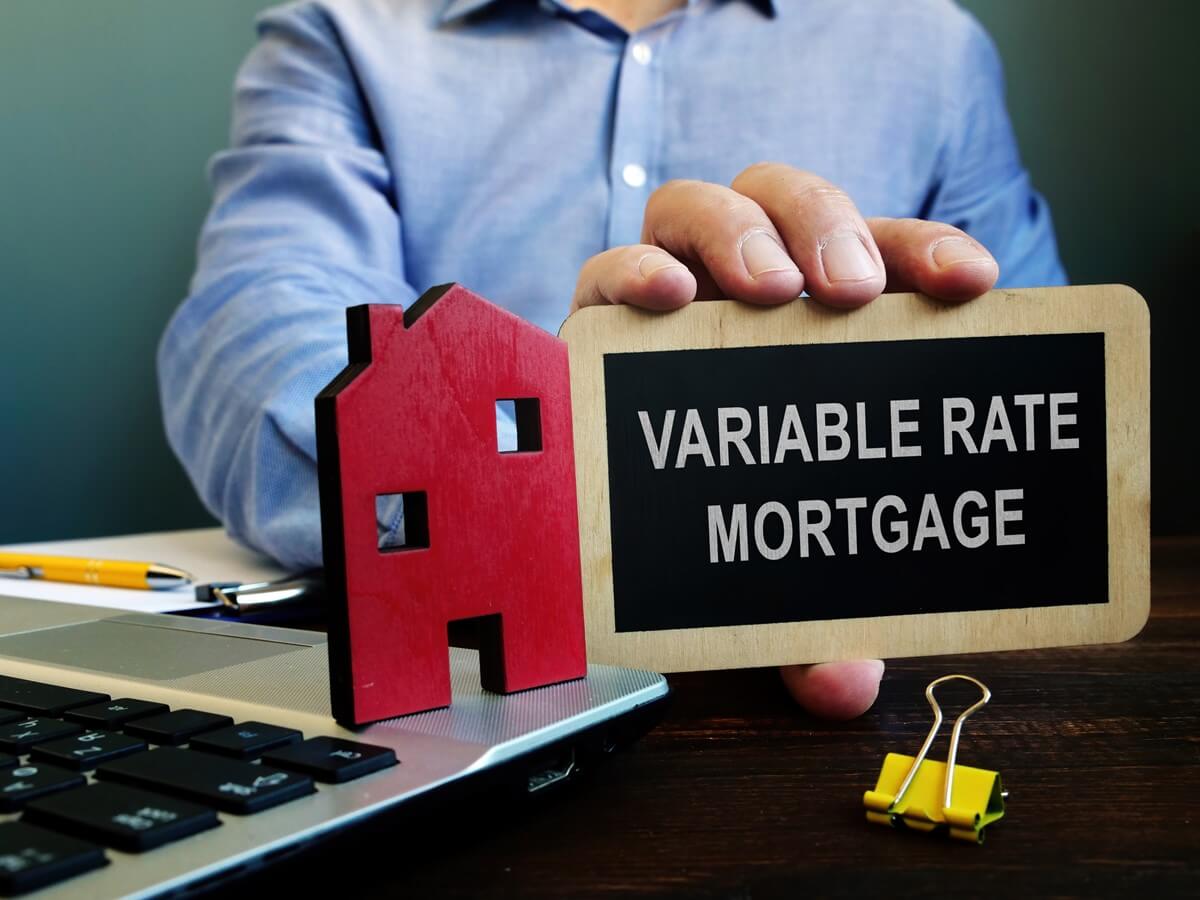
A variable-rate mortgage is a home loan whose interest rate fluctuates over time, affecting the principal. In simple terms, your monthly payment will remain the same during the tenure of your mortgage, but the interest rate is bound to change. This fluctuation in the interest rate significantly influences the payment that goes into your loan principal amount.
It works in such a way that with the decreasing rate of interest, a good chunk of your payment will go to your principal and less towards the interest, helping you pay your mortgage faster and save on interest costs. On the other hand, if the interest rate increases, the payment towards your interest increases, leaving a lesser portion of the payment with the principal. In such cases, the stipulated tenure of your mortgage extends, leading to scenarios where you have to pay more interest. This point at which the variable rate mortgage covers only interest is called the “trigger rate.”
VRM in Canada usually has a fixed discount or premium known as the prime rate, which the Bank of Canada’s policy rate sets. For instance, let us assume that the current prime rate is 5%, and you have a prime rate of 0.75%. Your interest rate would be 4.25%. Assuming the prime rate drops to 4.50%, your new interest would be 3.75% (4.50% – 0.75% = 3.75%). This calculation indicates that your interest rate changes with the prime rate, but your discount remains unchanged throughout the mortgage term.
Borrowers should note that a VRM is considered only by those with a flexible budget and are willing to take some risk. Although it comes with a higher risk of increased payment rates, VRM is a good option for paying mortgages faster while expecting a drop in the interest rate.
The Role of the Prime Rate in Canada VRM

The prime rate in Canadian VRM is the discount rate set according to the Bank of Canada’s policy. Your lender’s rate is directly linked to this policy, which means any change in the Bank of Canada’s policy will result in your lenders adjusting their prime rates accordingly. Usually, the lenders add an extra 2.20% to the existing Bank of Canada’s policy while setting their prime rate.
Determining Variable Interest Rate
The variable interest rate, a fluctuating interest rate on a mortgage, is usually set by lenders based on their prime rate with a fixed discount rate. This rate implies that the discount rate on your loan remains the same, but the prime rate can fluctuate over time. As mentioned above, the lenders add a rate to the BOC’s policy rate, which results in your final mortgage rate. His extra amount covers the lender’s expenses and profit.
Determining Prime Rate
All lenders follow the Bank of Canada’s policy while setting their prime rate, which is influenced by certain economic factors such as global conditions, inflation, and the state of Canada’s economy. The Bank of Canada maintains their inflation within a target rate of 2 to 3 %, adjusting the policy rate to encourage economic growth or slow down borrowings.
Frequency of Prime Rate Changes
The Bank of Canada reviews its policy rate annually on eight predetermined dates. Based on these reviews, lenders adjust their prime rate. However, there is no guarantee of a change every time. The BOC may keep the rate steady, increasing or decreasing it. Lenders keep their prime rate unchanged if the policy rate remains the same. If there is a change, lenders will adjust their prime rates accordingly. This change in the policy rate is measured in “basis point”, a measurement unit used in finance to describe the changes in interest rates or other financial percentages. One basis point is equal to 0.01%. For example, if the interest rate increases from 5.00% to 5.25%, it has increased by 25 basis points. Similarly, a decrease from 3.50% to 3.25% is a reduction of 25 basis points. The BoC can modify rates in 25 basis point increments to stabilise the Canadian dollar’s value and control inflation.
Exploring Different Variable Rate Mortgage Options
There are two main types of variable-rate mortgages to consider: adjustable-rate mortgages (ARMs) and variable-rate mortgages (VRMs).
Variable Rate Mortgage
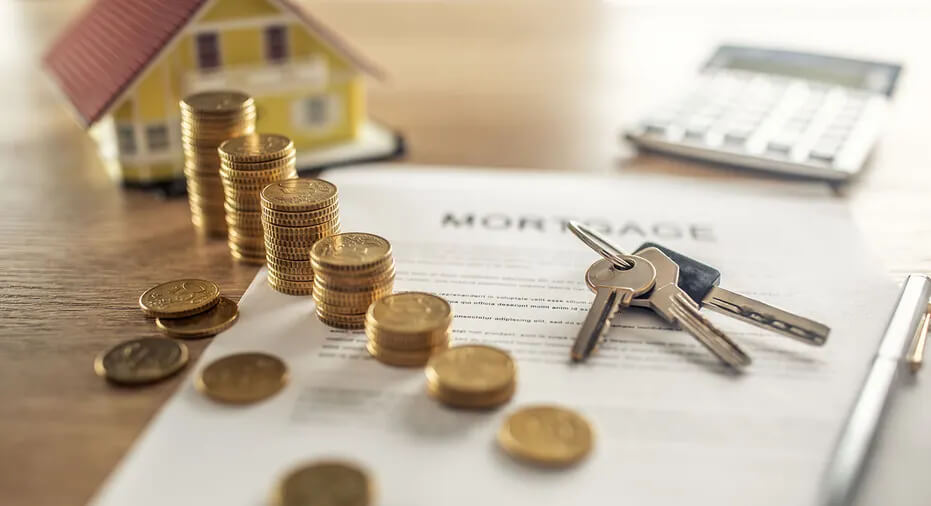
Variable-rate mortgages have payments that stay the same each month, but the way your payment is split between the loan amount (principal) and interest changes when interest rates change. If rates increase, more of your payment goes toward interest and less toward the loan. If rates decrease, less of your payment goes toward interest and more toward paying off the loan, which can help you pay off your mortgage sooner.
Adjustable Rate Mortgage
Adjustable-rate mortgages have payments that change with interest rates. The part of the payment that pays the loan (principal) stays the same, but the interest part changes. So, if rates go up, your total monthly payment will go up; if rates go down, your total monthly payment will go down.
Examples of VRMs
Explain how a variable-rate mortgage (VRM) works with simple examples.
Imagine you borrow $300,000 to buy a house. You have a VRM with a 5-year term and plan to pay it off over 25 years. Your interest rate is 4% initially. This means your monthly payment is about $1,600. Of this amount, $600 goes toward paying back the money you borrowed (the principal), and $1,000 goes toward interest (the cost).
Situation 1: Increase in Interest Rate
After six months, the interest rate increases to 4.25%. Although your monthly payment remains the same at $1,600, the amount going toward interest rises to $1,100, while only $500 goes toward the principal. This means you are paying off your loan more slowly because a larger portion of your payment is used to cover the interest.
Situation 2: Decrease in Interest Rate
After six months, the interest rate decreases to 3.75%. Your monthly payment is still $1,600, but now only $900 goes toward interest, and $700 goes toward the principal. This allows you to repay your loan faster because more of your payment is used to reduce the principal.
These examples show how changes in interest rates can impact how quickly you pay off your mortgage with a VRM. If rates increase, you pay more in interest and less toward your principal, slowing down your progress. If rates decrease, you pay less interest and more toward your principal, speeding up your repayment.
Conclusion
In conclusion, a variable-rate mortgage offers opportunities and risks, influenced heavily by changes in interest rates set by the Bank of Canada. While a drop in interest rates can help you pay off your mortgage faster by reducing interest costs, an increase can extend your repayment period and raise overall interest expenses. Understanding how the prime rate impacts your mortgage and being prepared for fluctuations are crucial for anyone considering a VRM. With the right approach and financial flexibility, a VRM can be a beneficial option for many borrowers. Additionally, knowing the standard variable rate can help you better understand and compare different mortgage options.
You May Also Read
|
Guide To Halal Mortgage in Canada |
|
|
Know The Canada Mortgage Statement |
|
|
All About Early Mortgage Renewal |
|
|
What is Reverse Mortgage Loan |
|
|
Rules of Mortgage Stress Test in Canada |
Frequently Asked Questions (FAQs)
How do variable-rate mortgages respond to rising interest rates?
Answer: When interest rates rise, the interest portion of your monthly payment increases. This means less of your payment goes toward paying down the principal, and more goes toward covering the higher interest costs. As a result, you pay off your mortgage more slowly, and the overall cost of the mortgage increases.
How do variable-rate mortgages respond to falling interest rates?
When interest rates fall, the interest portion of your monthly payment decreases. This allows more of your payment toward paying down the principal, helping you pay off your mortgage faster. Additionally, the overall cost of the mortgage decreases as you pay less in interest.
Which is more advantageous: a fixed-rate or variable-rate mortgage?
The choice between a fixed-rate and a variable-rate mortgage depends on your financial situation and risk tolerance. A fixed-rate mortgage provides stability with predictable payments, making budgeting easier. A variable-rate mortgage can offer lower initial rates and potential savings if interest rates fall but comes with the risk of higher payments if rates rise.
Is opting for a variable-rate mortgage a wise decision?
Choosing a variable-rate mortgage can be beneficial if you have a flexible budget and are comfortable with the potential for changing interest rates. It can offer significant savings when rates drop, but it's important to be prepared for the possibility of higher payments if rates increase. Assessing your financial stability and risk tolerance is key to determining whether a variable-rate mortgage fits you.

